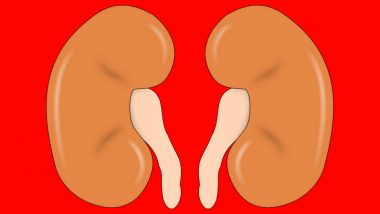New York [USA], Jan 1 (ANI): Mastering the targeted delivery of therapeutic genes to the desired location within the body is the first necessary step towards implementing gene therapy to treat renal diseases. One way to do so is by the means of genetically modified viruses that act as vectors for the therapeutic gene. In a novel approach devised by a group of scientists from the Mayo clinic, three different gene delivery vectors were injected intravenously and directly into the kidneys of mice. The article elucidating this experiment was published in Human Gene Therapy, a peer-reviewed journal from Mary Ann Liebert, Inc., publishers. Jeffrey Rubin, Tien Nguyen, Kari Allen, Katayoun Ayasoufi, and Michael Barry of the Mayo Clinic co-authored the article entitled 'Comparison of Gene Delivery to the Kidney by Adenovirus, Adeno-Associated Virus, and Lentiviral Vectors after Intravenous and Direct Kidney Injections'.
As the kidney filters out large compounds from the bloodstream, the researchers chose to study the ability to deliver three different sized vectors via an intravenous route: small adeno-associated virus (AAV) vectors (25 nm), larger adenovirus vectors (100 nm) and lentiviral vectors (120 nm).To bypass this filtering mechanism they also tested two different direct injection routes into the kidney and found these to be superior to intravenous injections. However, some of the vectors were able to leak out of the kidney, creating the possibility for off-target tissue effects.
The potential for direct injections opens new possibilities for treating kidney diseases with gene therapy, but additional improvements are needed."The great burden of kidney diseases in the U.S.and Europe has yet to be impacted by gene therapy," said Editor-in-Chief Terence R. Flotte, MD, Celia, and Isaac Haidak Professor of Medi-cal Education and Dean, Provost, and Executive Deputy Chancellor, University of Massachusetts Medical School, Worcester, MA. "The Mayo Clinic team has performed an important head-to-head comparison of currently available gene therapy technology, to identify which may best be used to address this important group of diseases." (ANI)













 Quickly
Quickly


